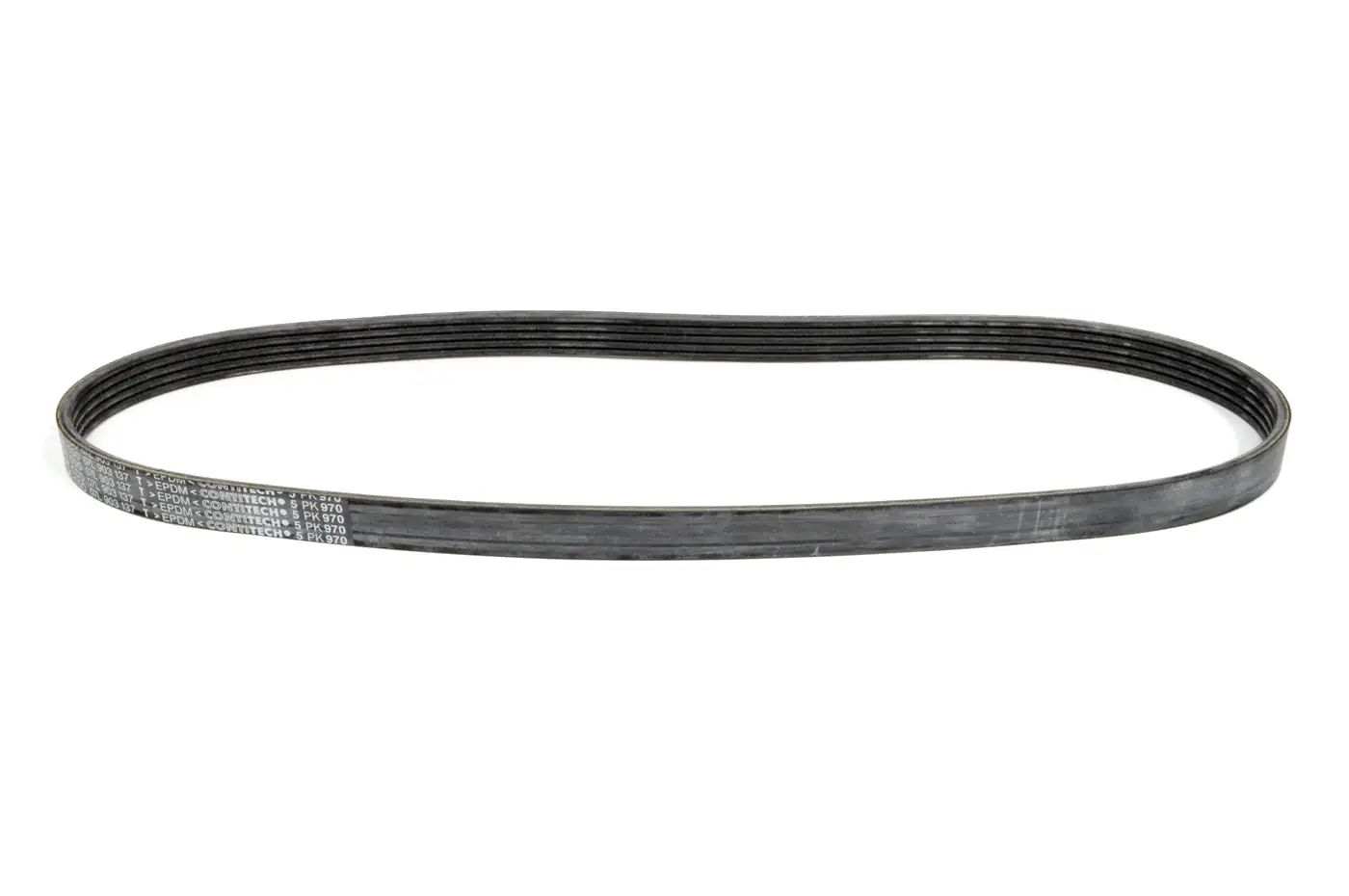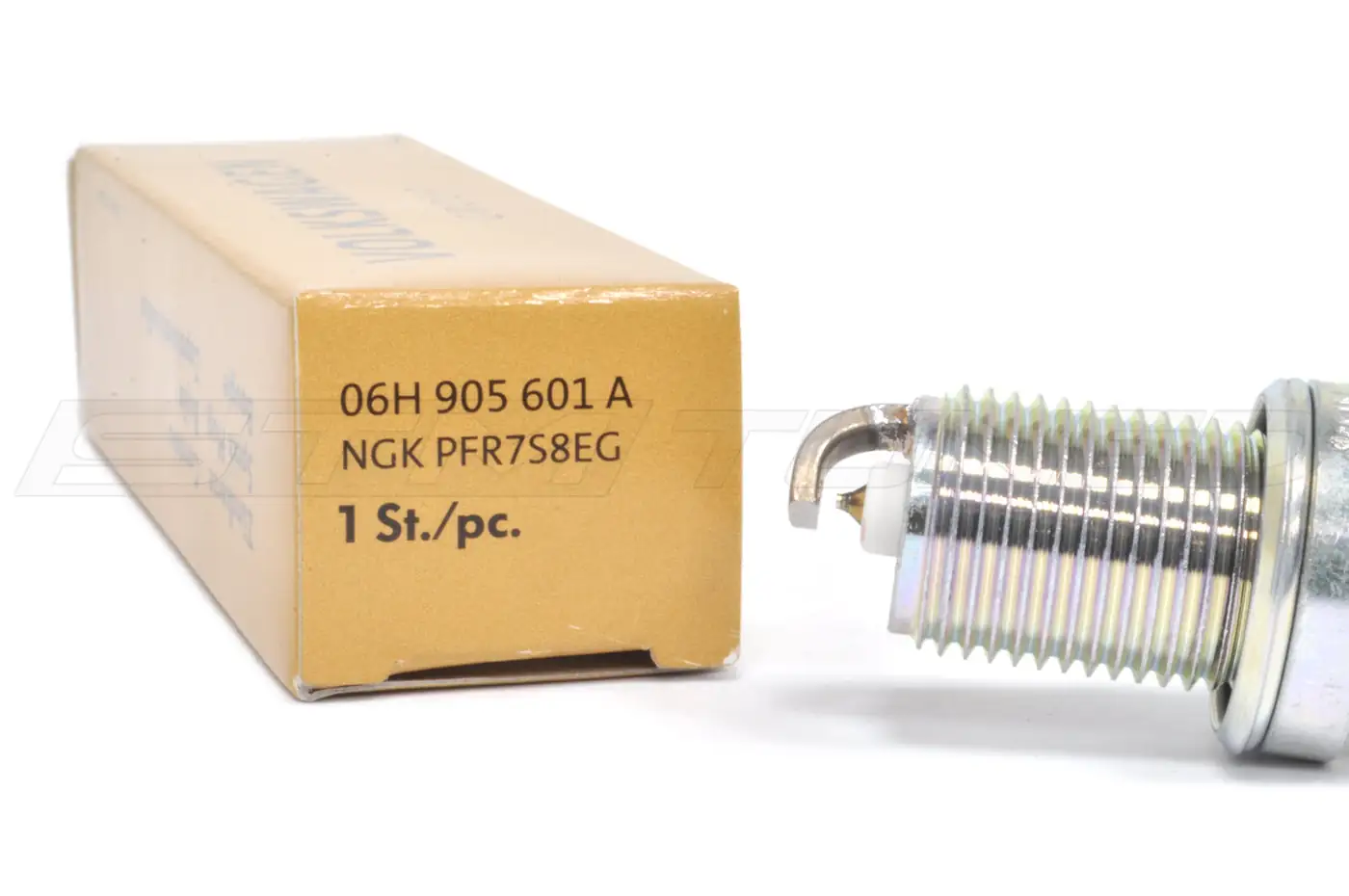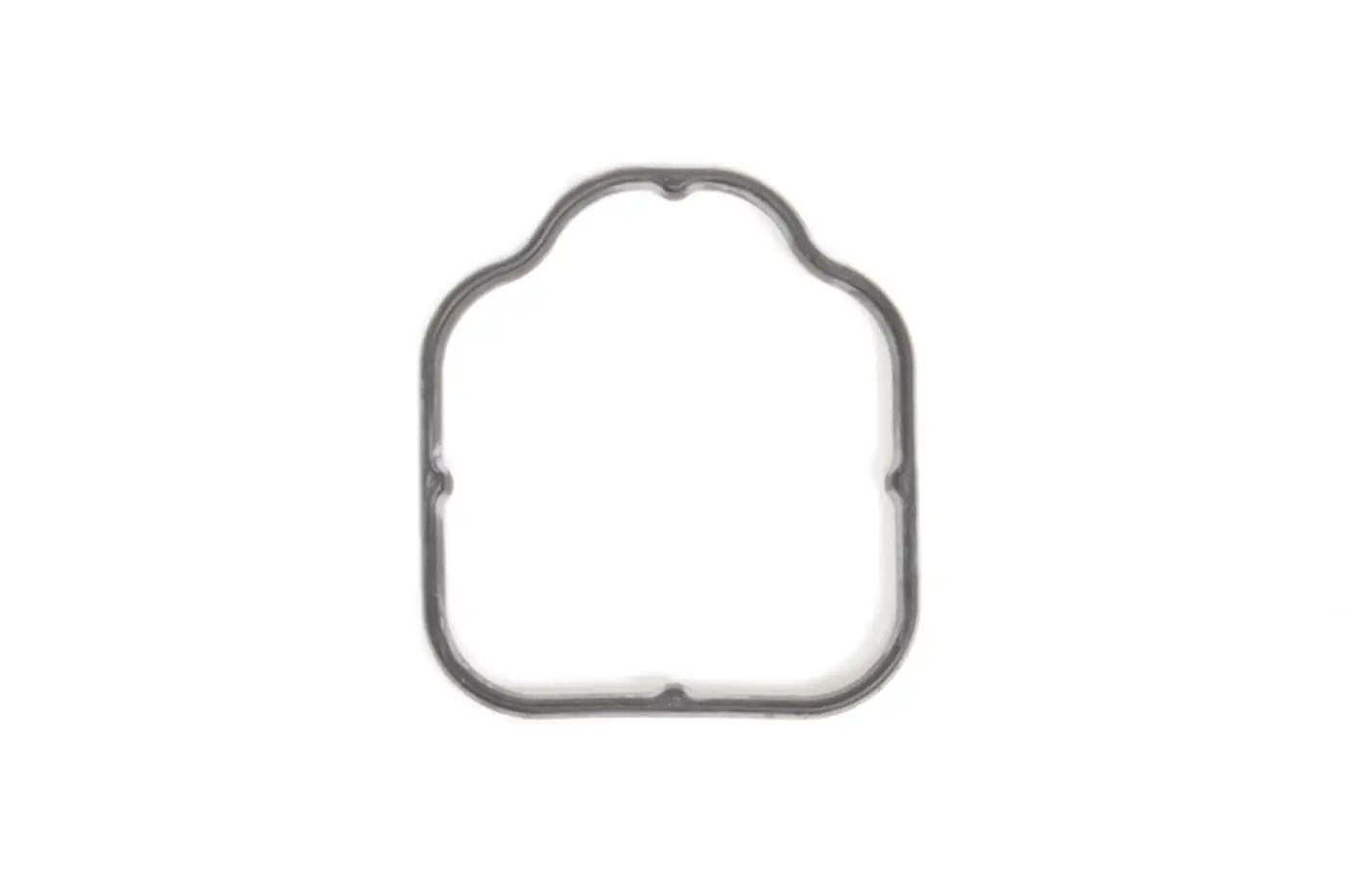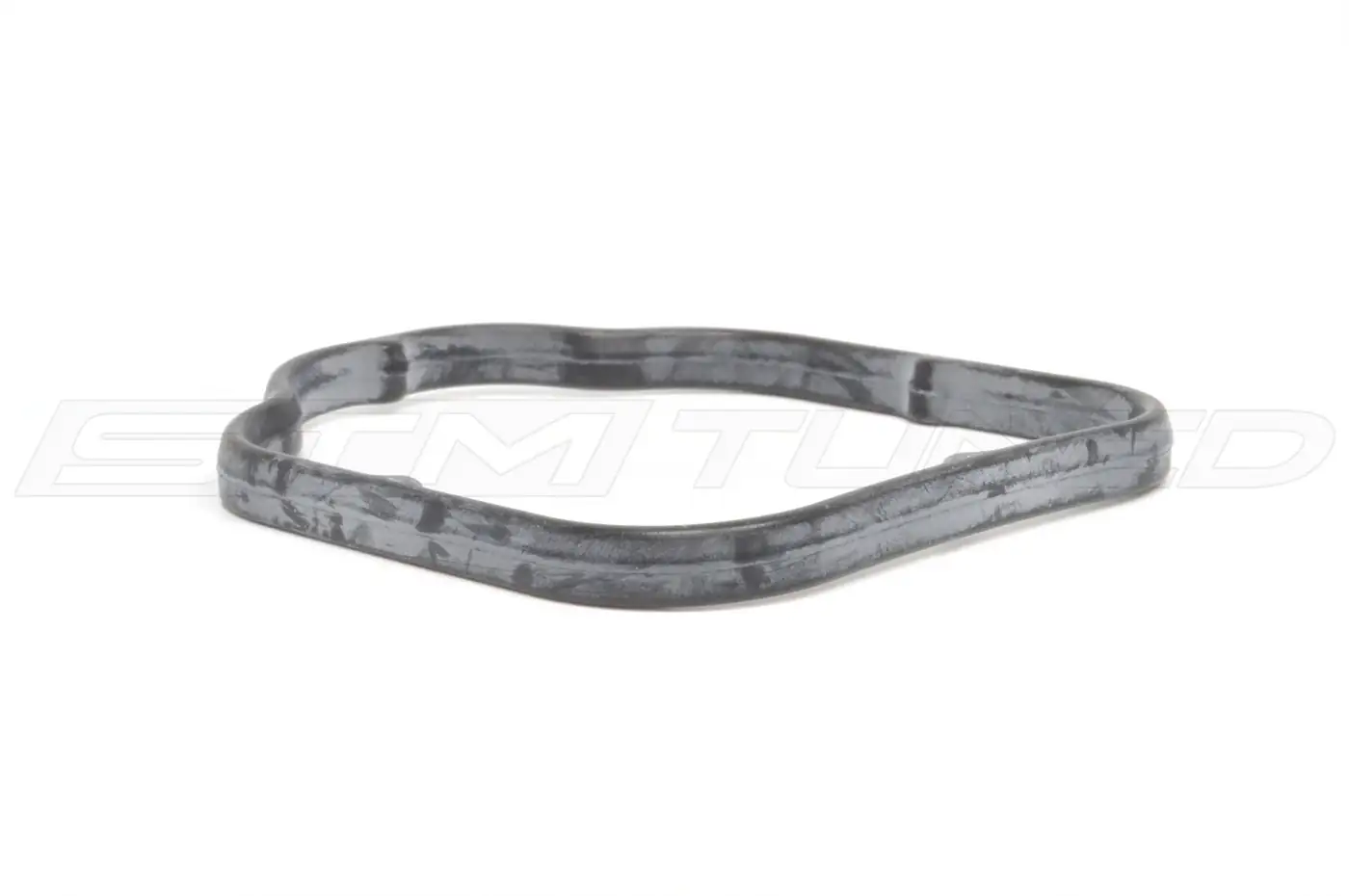Tomei valve guides for the Evo and DSM are designed to handle the high horsepower and RPMs of the 4G63 engine. We use Phosphor Bronze (Cn-Sn-P alloy) for its high tensile strength and superior heat transfer, essential for high-power, high-RPM engines. Modern race engines demand more power and higher RPMs, leading to extreme heat conditions that accelerate valve train component wear. Phosphor Bronze offers low friction and optimal clearances, reducing stress on the valve train assembly and preventing seizures and cracking under high stress loads.
Vehicle Fitment:
1992-2006 Mitsubishi Evolution I-IX (Evo 1/2/3/4/5/6/7/8/9)
1990-1999 Mitsubishi Eclipse (GST/GSX)
1990-1998 Eagle Talon TSi
1990-1994 Plymouth Laser RS
1991-1992 Mitsubishi Galant VR4
(4G63 Engine)
Includes:
16 valve guides (8 intake valve guides & 8 exhaust valve guides)
More Info:
Given the product’s use in demanding conditions, it necessitates regular maintenance and periodic checks. It may experience accelerated wear under specific conditions. Some examples of the abnormal conditions are as follows:
- The rocker arm type assemblies will apply more lateral pressure, which will increase the wear rate. If the stem wall of the valve is rough, it will also contribute to the increased wear rate.
- Using high lift, aggressive camshafts will also increase the wear rate.
- Excessive buildup of carbon will also hinder performance and increase wear rate. When there’s a small opening at the end, it will increase the carbon buildup rate as a funnel effect.
- The results from Valve Spring surging will cause the Valve to move on an angle. This will cause both ends to open up and create deformation. Then carbon can enter the valve guides more which will increase the wear rate.
- A defective seat cut. When the seat cut’s centerline across the main 45 degree face is offline from the valve stems centerline by more than 0.01mm, this can cause increased abnormal wear rate.
- If the clearance is not within the correct 0.03-0.04mm range. The Valve will rub against the guides inner wall, this degree angle in relation to the seat cut will cause it to shift by 0.01mm more than the clearance values. The guide will take the lateral pressure point and open up the opening. The buildup of carbon will increase in the newly formed gaps.
- A worn out used Valve. It’s possible to cut down by using the part that has not worn out the stem when changing to a high lift cams. The guides can wear out when the inappropriate clearances are made. (About 0.01mm out of clearance).
- The Valve design is defective. The difference from the dilatability and the guide being worn out abnormally is when the valve that is made with different alloys, will contribute with a faster deterioration.





















